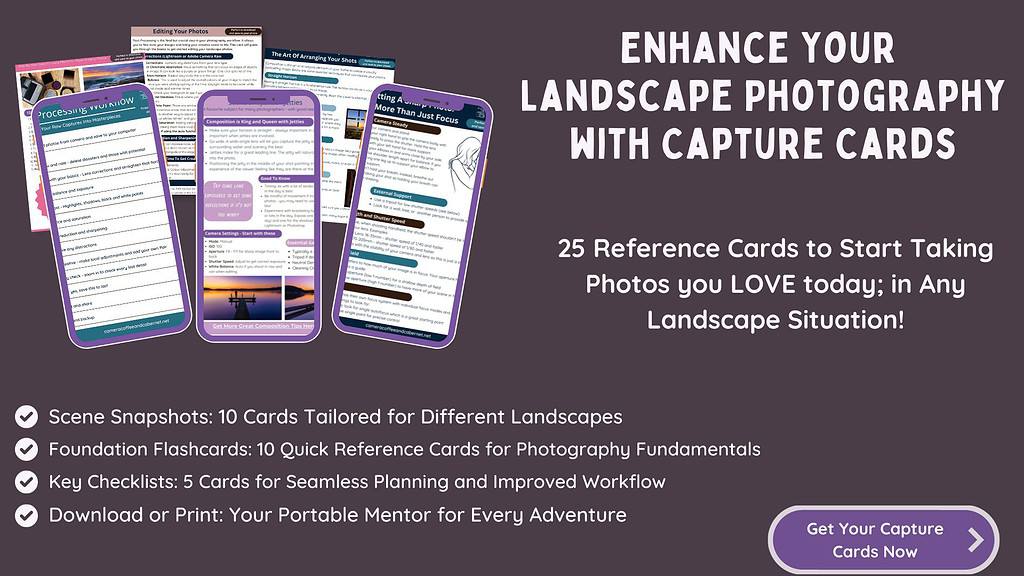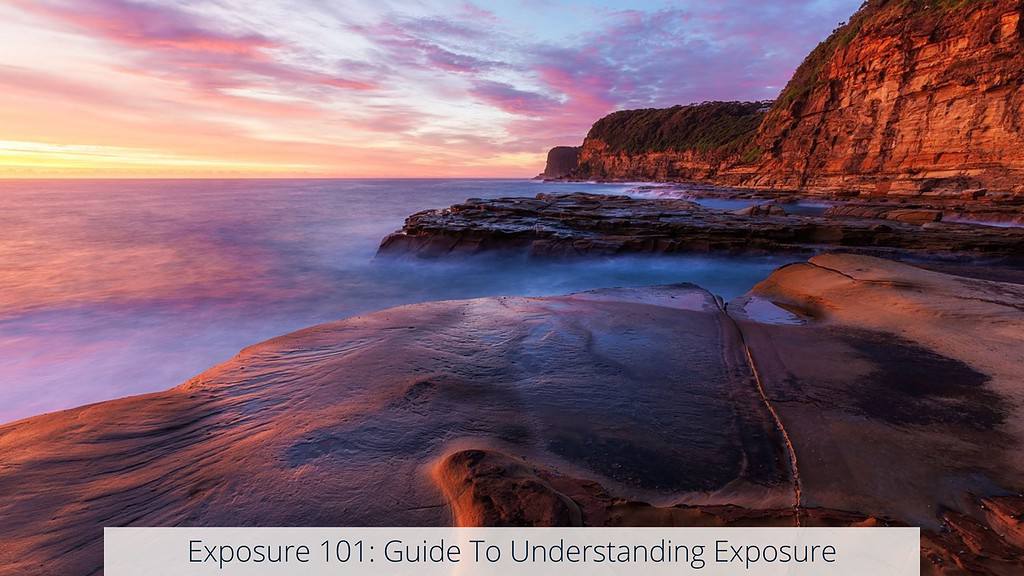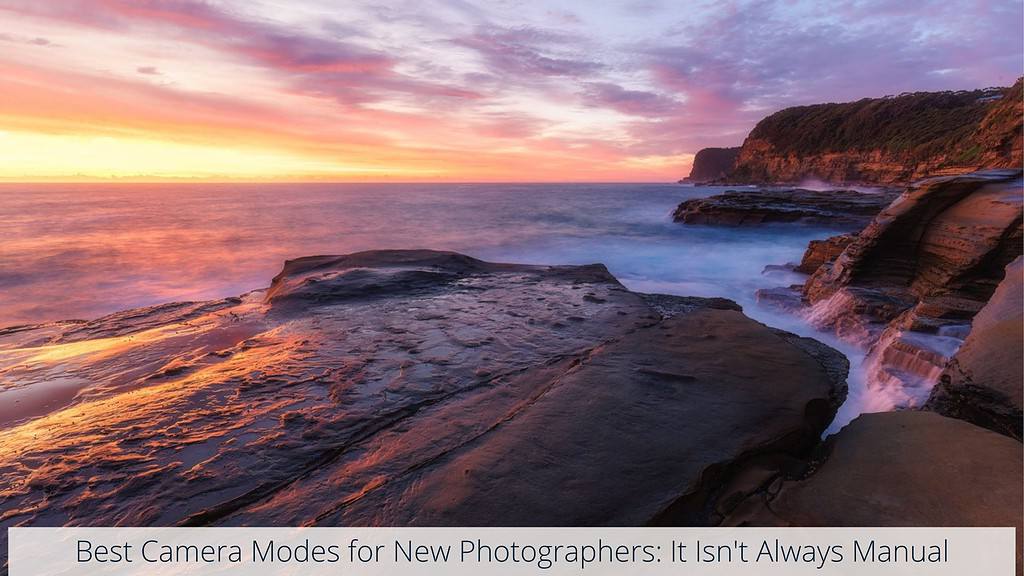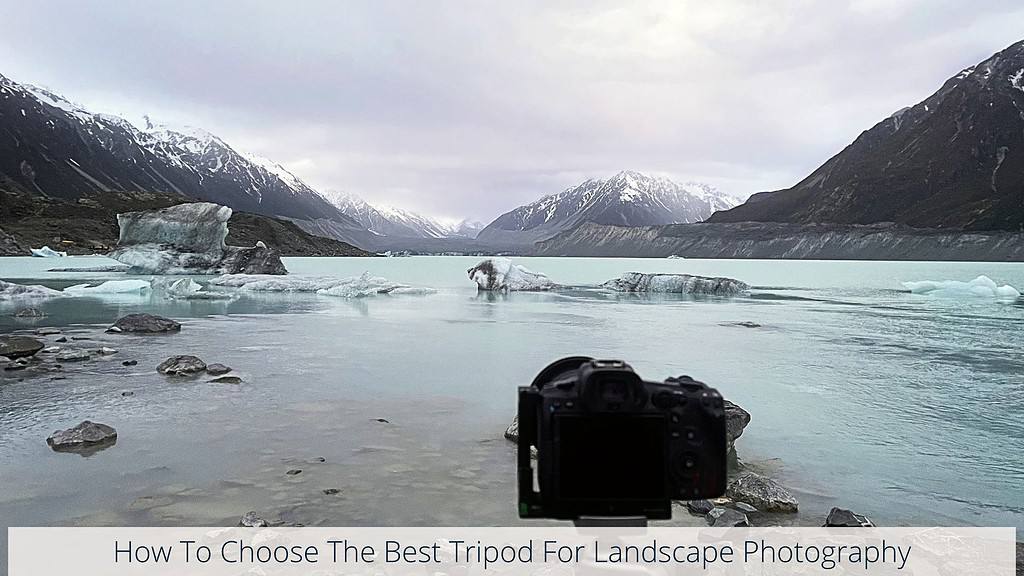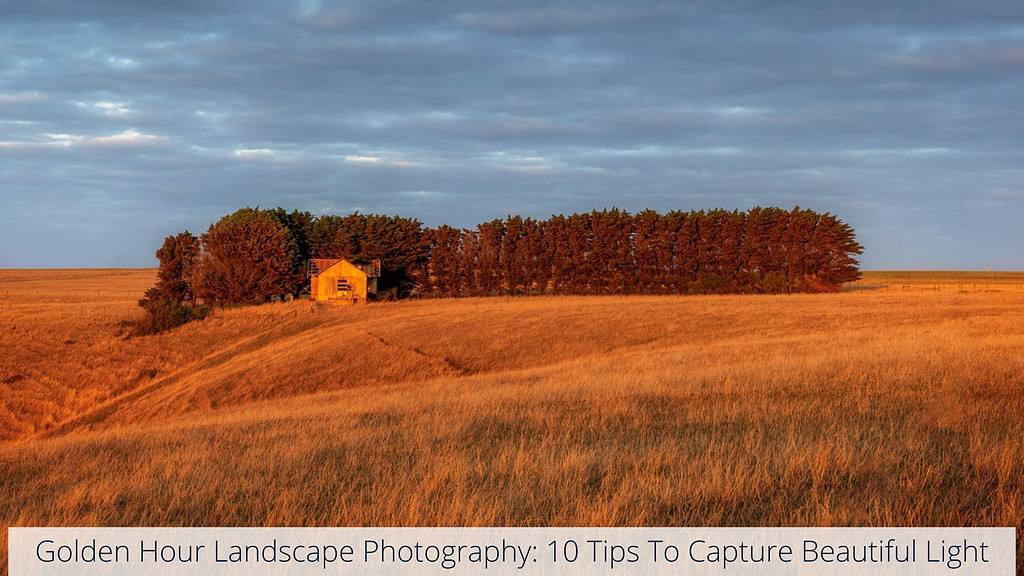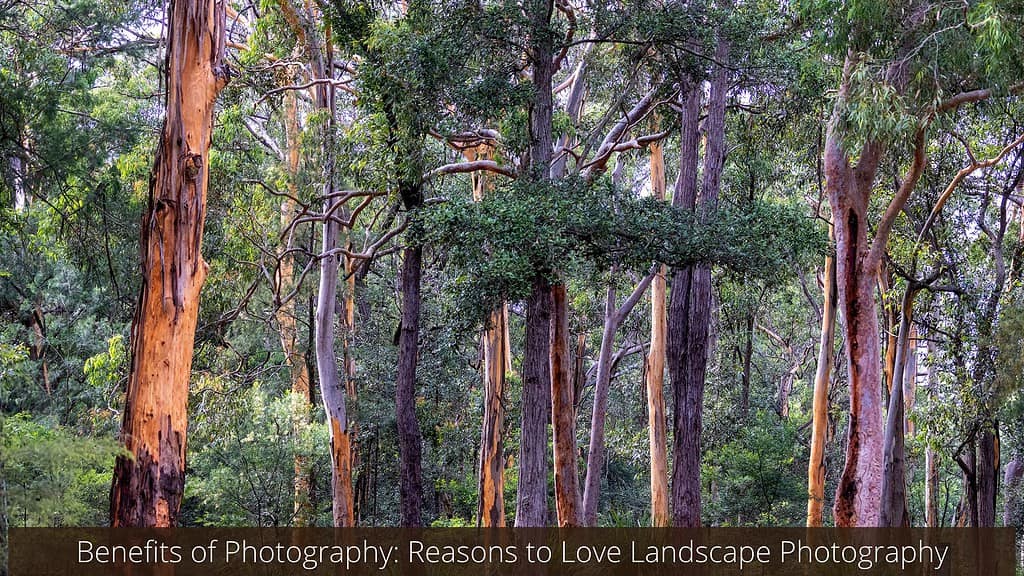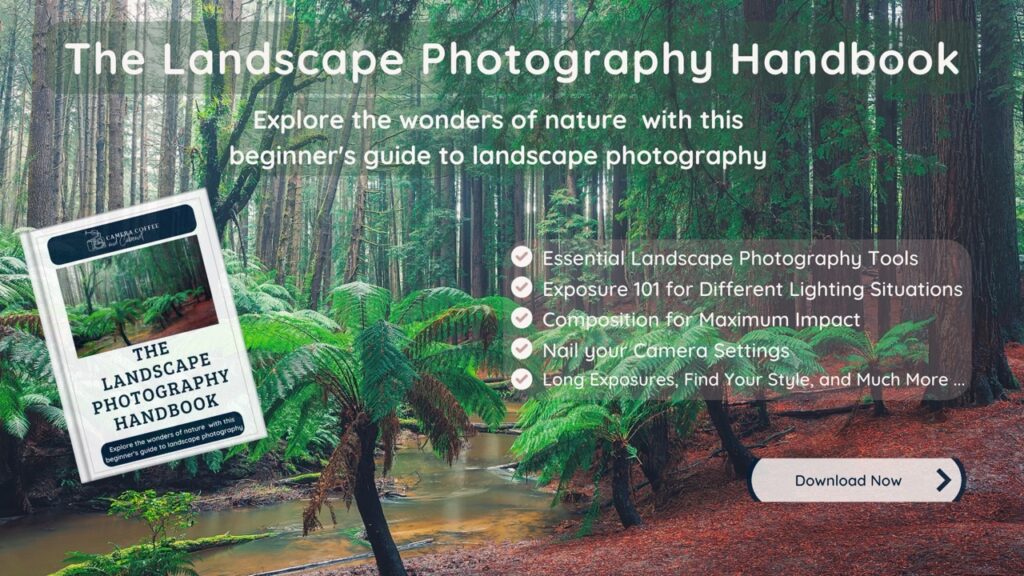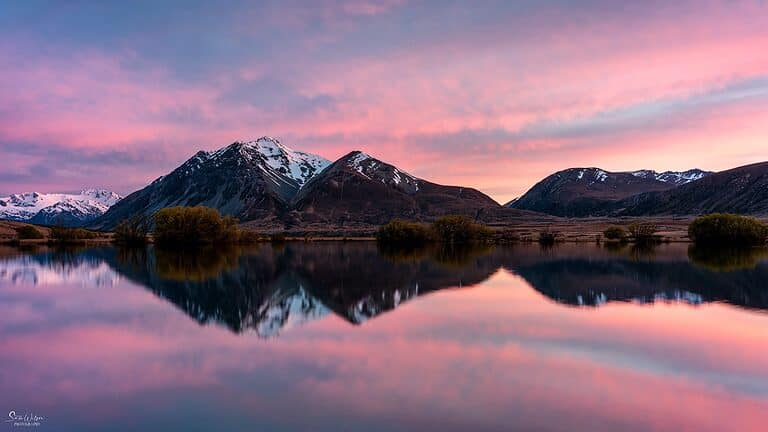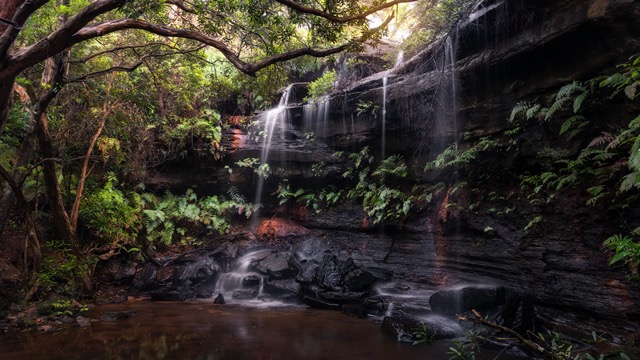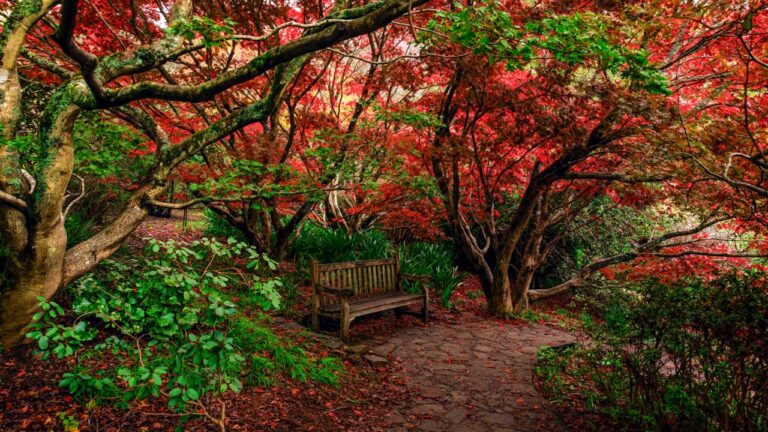Starting Landscape Photography: 6 Things to Focus on First
Have you just discovered the joy of photography and want to learn more?
Starting landscape photography is wonderful as you set out with your camera to capture the beauty of your world, but it can also be a bit overwhelming.
There is an insane amount of information out there and it can be tricky to figure out where to begin.
That’s exactly why I’ve put together this guide. It’s designed to give you the key starting points – the basics of exposure, getting to know your gear, understanding the role of light, learning about composition, starting with post-processing, and the most important investment you can make – your time and patience.
As much as we want to learn ALL THE THINGS, it’s easy to lose your way and miss the fundamentals.
I get it, I was always looking for that quick fix to take amazing photos, but without learning the core principles that’s never going to happen.
This article will focus on the essential elements you need to concentrate on when starting out in landscape photography.
It’s all about setting you on the right path to capturing the world through your lens.
1 – Understand the Elements of Exposure
At the heart of your photography journey lies a crucial foundation: understanding exposure.
The three pillars of exposure – ISO, Aperture, and Shutter Speed – are not just technical terms; they are the essence of every stunning photograph you’ll take, across any genre.
Grasping how these elements work and interact is where the magic of photography begins.
Every photo you capture will be shaped by these fundamentals. It’s tempting to leap into more advanced techniques, but there’s no real shortcut here.
Mastery of exposure is a step you simply can’t skip.
The best way to learn? Get out there and shoot. Whether you’re starting on auto mode or dabbling with other settings, the act of taking photos is invaluable. It’s hands-on experience that will improve your skills more than anything else.
To kickstart your journey into understanding exposure, I recommend this comprehensive guide:
Take your time with this foundational concept. It’s the bedrock upon which all your future photography skills will be built.
And now, let’s move on to the next crucial aspect…
2 – Get Comfortable with Your Camera and Gear
The true potential of your gear is unlocked only when you know how to use it.
Let’s start with your camera.
Familiarise yourself with its features and settings.

While diving straight into manual mode is often recommended, it can be overwhelming for beginners.
I suggest starting in auto mode, then gradually progressing to manual, exploring other modes along the way.
Remember, these modes are there for a reason.
Knowing your camera is crucial.
You don’t want to fumble for settings when the perfect shot presents itself.
I learned this the hard way during an astrophotography workshop where we had to adjust settings in complete darkness.
This experience taught me the importance of being familiar with my camera, a skill that has been invaluable ever since.
But it’s not just about camera modes. Understand your focus settings, white balance, file formats, and more.
If reading the manual isn’t your style, there are plenty of online tutorials, especially on YouTube.
Learn your Tripod Inside Out
Your tripod is your photography’s silent partner.
Know its capabilities – how high or low it can go, whether it converts to a monopod, and if it’s waterproof.
Familiarity with your tripod is as crucial as knowing your camera.
As I’ve probably said way too many times, I believe no camera should be sold without a tripod.
If you’re still looking for one, this guide can help:
The Essential Extras
Beyond your camera and tripod, the essentials include memory cards, a spare battery, and cleaning gear.
A specialised bag for protection and convenience is also a good idea.
While you might be tempted by additional accessories like filters and L-brackets, these can wait until you’ve mastered the basics.
If you’re curious about filters and other accessories, feel free to check out these articles, but consider bookmarking them for later:
Now, let’s shed some light on the next topic…
3 – Learn the Role of Light in Landscape Photography
Photography, at its core, is about capturing light. The term itself means ‘drawing with light‘.
Without light, photography simply wouldn’t exist.
But it’s not just about having light; it’s about understanding and using it to enhance your photos.
While debates continue over whether light or composition is more crucial, one thing is clear: light is a key element in every photograph.
Even with a stunning location, perfect composition, and precise settings, a photo can fall flat without the right lighting.
Starting with Light
Begin your exploration of light during the day. It’s easier to adjust your camera settings in ample light.
Find a spot with some shade, like under a tree in a park. Here, you’ll notice pockets of light filtering through, offering a perfect opportunity to experiment with different lighting angles – front, side, or backlit.
The direction from which the light hits your subject can dramatically change the mood and texture of your image.
Front Lighting: This can flatten the features in your image but it’s easy to work with.
Side Lighting: this can really emphasise texture and depth.
Backlighting: can be used creatively to produce silhouettes or a halo effect.
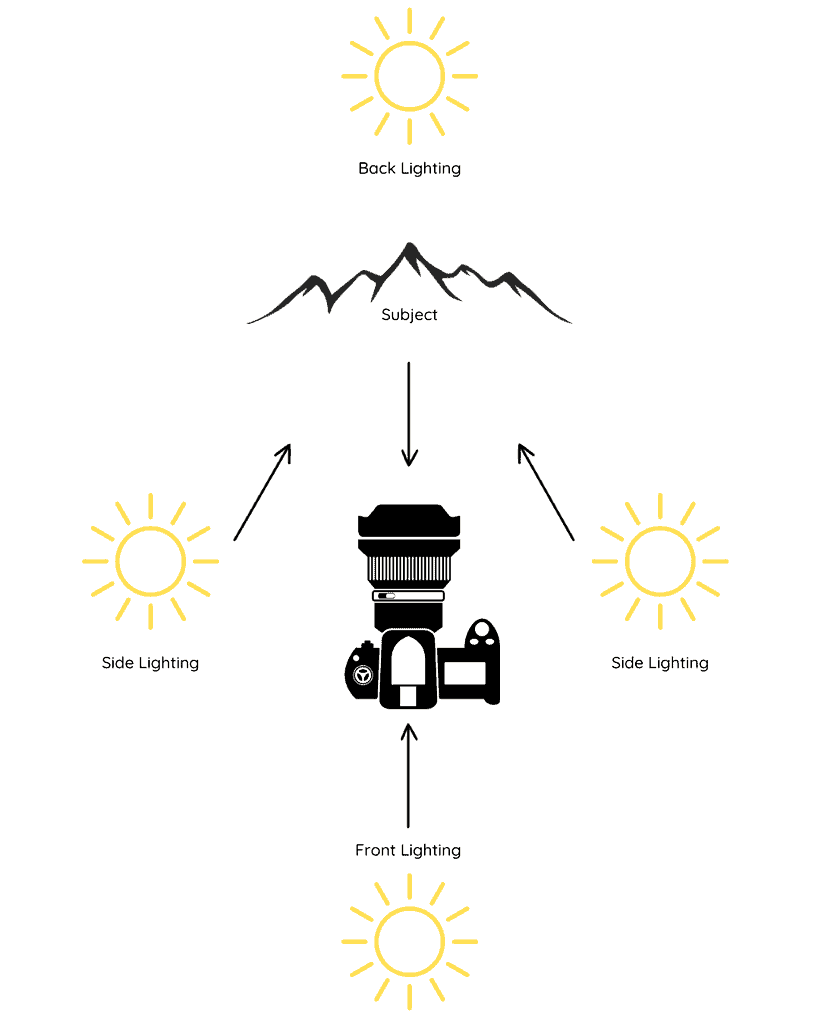
Remember, the aim here isn’t to capture perfect shots but to understand how light affects your subject and the overall image.
Then there’s the golden hour – the time around sunrise and sunset. The soft, warm light during these hours can transform your photos.
The principles you learn from your daytime experiments will be invaluable when shooting during these magical times.
Understanding light is a skill that develops with practice and knowledge.
It wasn’t easy for me at first, but with time, it became more intuitive.
For a deeper understanding, I found this article from Photography Life particularly helpful:
How to Use Light in Photography
4 – Become Familiar with the Basics of Composition
Photography, often described as ‘painting with light’, is intimately connected with composition – the art of ‘putting together’ elements in your frame.
Composition is about how you arrange these elements for maximum impact, guiding the viewer’s eye through the image.
As the photographer, you’re in control of this visual journey.
For many new photographers, mastering composition can be a challenge. Some have an innate sense of framing, while others, like myself, need to work at it more consciously.
There are several composition techniques, often referred to as rules, which are invaluable for beginners.
Start with the basics like the rule of thirds, leading lines, frame within a frame, balance, and symmetry. These foundational concepts are crucial before you delve into more complex compositions.
While there’s a common mantra to ‘break the rules’ and forge your own style, it’s essential to understand these rules first.
Once you know them well, you’ll instinctively understand when and why it’s effective to deviate from them.
5 – Start Some Basic Post-Processing
Entering the world of post-processing can be as transformative for your photography as mastering the camera itself.
Post-processing is not always about altering the reality of your shots, but about bringing out the best in what you’ve captured.
Why Post-Process?
Even the most perfectly captured image can benefit from some post-processing.
It’s about refining contrast, balancing colours, and enhancing details that might be lost in the raw capture.
Starting Simple
Begin with basic adjustments.
Software like Adobe Lightroom or Luminar NEO offer user-friendly interfaces for beginners.
Focus on simple edits: adjusting exposure, tweaking contrast, and correcting white balance.
These small changes can significantly improve the overall look of your photos.

The Power of Cropping
Cropping can dramatically alter the composition and focus of your image.
Sometimes, a simple crop can turn an average photo into a compelling one. It’s a powerful tool in your post-processing arsenal.
Learning Through Practice
As with photography, the best way to learn post-processing is by doing.
Experiment with different adjustments to see how they affect your images. There are numerous online tutorials and courses that can guide you through the basics.
6 – Time: Your Most Crucial Investment
The key to growing in landscape photography isn’t just about having the best gear or mastering complex techniques; it’s about dedicating time to your craft.
This can often be the hardest part, especially when juggling work, family, and the myriad of life’s responsibilities.
Finding Time in a Busy Schedule
I understand the struggle of finding time for photography.
It also depends on your goals. Not everyone wants to be a professional photographer, and that’s perfectly fine.
Maybe you want to just improve your travel photos, or photography is your creative outlet, or it helps your mental health.
After all, just getting out in nature is good for the soul.
Whatever your reasons or goals are, if you want to improve, or spend time doing more of what makes you happy, you have to make the time.
It’s easy to get caught up in everyday responsibilities or, but what I’ve found helps is treating photography time like any other important appointment.
Block off a part of your day or week specifically for photography and stick to it as you would any other commitment.
Remember, every bit of time you invest in photography not only improves your skills but also enriches your life in so many ways.
Learning photography takes time, so be patient with yourself.
You won’t figure everything out in the first few months, or even the first year. It’s a skill that develops slowly over time.
Don’t rush it or put too much pressure on yourself.
Understand you will make many, many mistakes.
It’s what you learn from them that counts.
Your expectations should be realistic, based on where you are right now. It’s about learning and improving at your own pace.
Give yourself time to pick up new skills and get better at them. Remember, photography is a journey, and every step, no matter how small, is part of your progress.
AND – take your camera everywhere! Even if it’s just your phone (something we usually have with us) – you never know what will catch your eye.
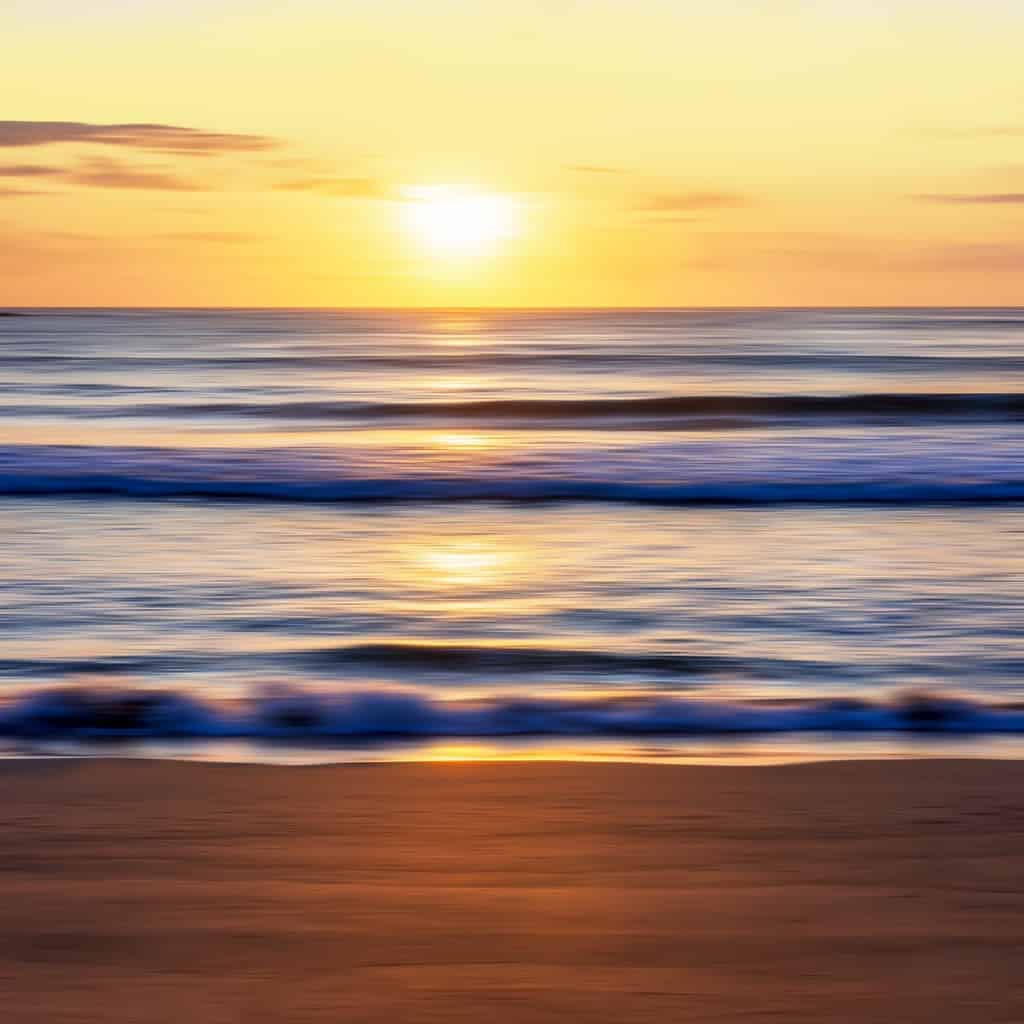
Conclusion
This guide has been all about what to focus on when first starting landscape photography.
In the beginning, we talked about the overwhelming amount of information out there for new photographers.
This guide was all about cutting through that noise and giving you clear, focused steps to start your journey in landscape photography.
Just like we need to learn to crawl before we can walk, it’s important to grasp these basics before diving into more complex techniques.
I hope this guide has helped simplify things for you, offering a clear path on what to focus on as you start out.
Remember, understanding exposure, getting comfortable with your gear, and learning about light and composition are your first steps.
These aren’t just technical skills; they’re your tools to translate the beauty you see into stunning photographs.
As you move forward, remember to be patient with yourself and enjoy the process of learning and growing.
Your journey in landscape photography is just beginning, and there’s so much beauty waiting to be captured through your lens.
So, go out there, start experimenting, and let your creativity flow. Every great photographer started somewhere, and this is your start.
Embrace it, and enjoy every moment.
Keep clicking and sipping!
Like this post? PIN it for later!
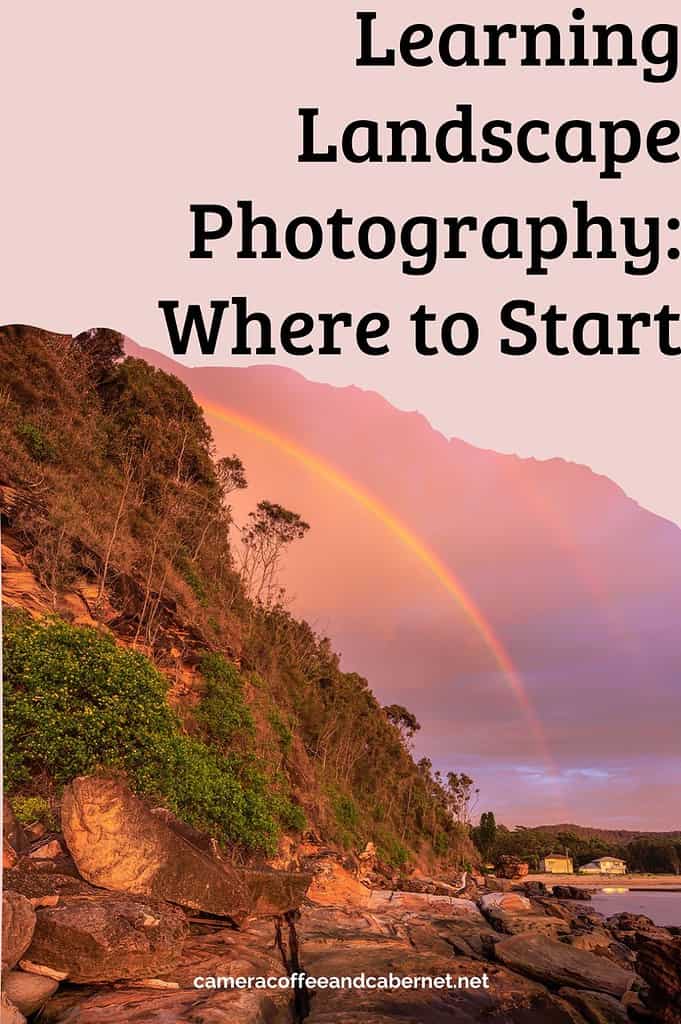
Don’t miss a post – sign up Here if you haven’t already
Note – Unless otherwise stated, all photos are mine and remain my copyright images – Sam Wilson Photography.
Are you a beginner landscape photographer looking to improve your skills and capture stunning photos of nature?
If so, “The Landscape Photography Handbook – Exploring the Wonders of Nature” is the perfect guide for you.
In this 90-page ebook, you’ll learn everything you need to know to get off auto mode and start using manual settings to capture stunning photos of nature.

